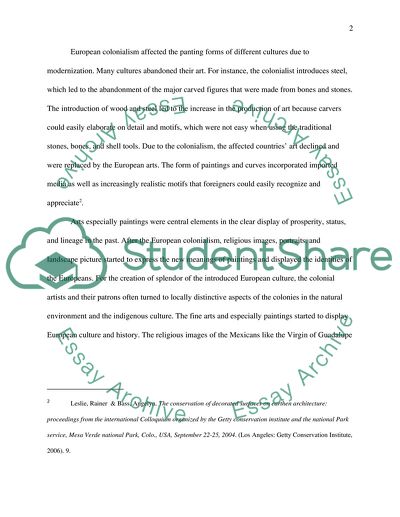Cite this document
(“Colonialism affect on South Asia Painting Essay”, n.d.)
Retrieved from https://studentshare.org/visual-arts-film-studies/1595351-colonialism-affect-on-south-asia-painting
Retrieved from https://studentshare.org/visual-arts-film-studies/1595351-colonialism-affect-on-south-asia-painting
(Colonialism Affect on South Asia Painting Essay)
https://studentshare.org/visual-arts-film-studies/1595351-colonialism-affect-on-south-asia-painting.
https://studentshare.org/visual-arts-film-studies/1595351-colonialism-affect-on-south-asia-painting.
“Colonialism Affect on South Asia Painting Essay”, n.d. https://studentshare.org/visual-arts-film-studies/1595351-colonialism-affect-on-south-asia-painting.


